Habitats is just SHoP's first exploration into the Metaverse. SHoP plans to continue dedicating resources to researching web3 and the influences that blockchain technologies can have on architecture, design, and real estate - writing code that pushes what is currently possible in the Metaverse.
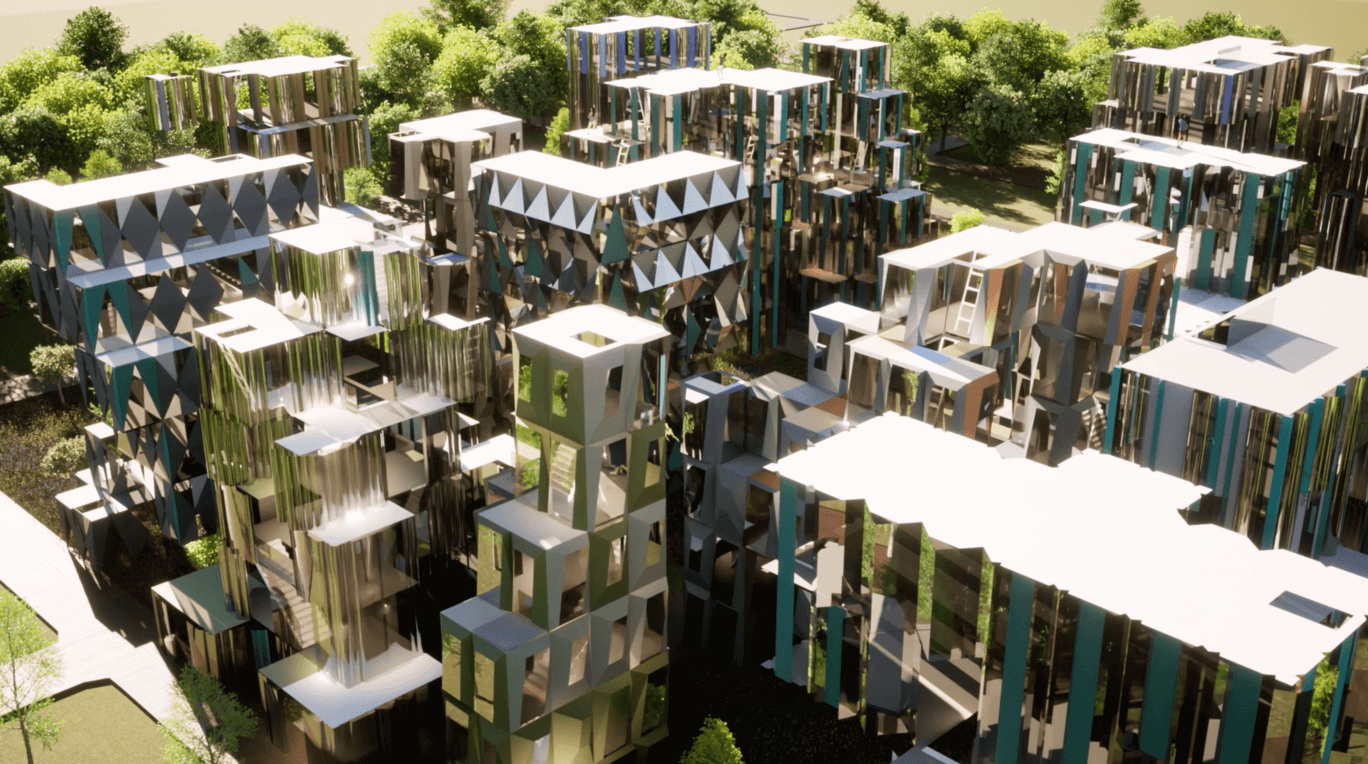
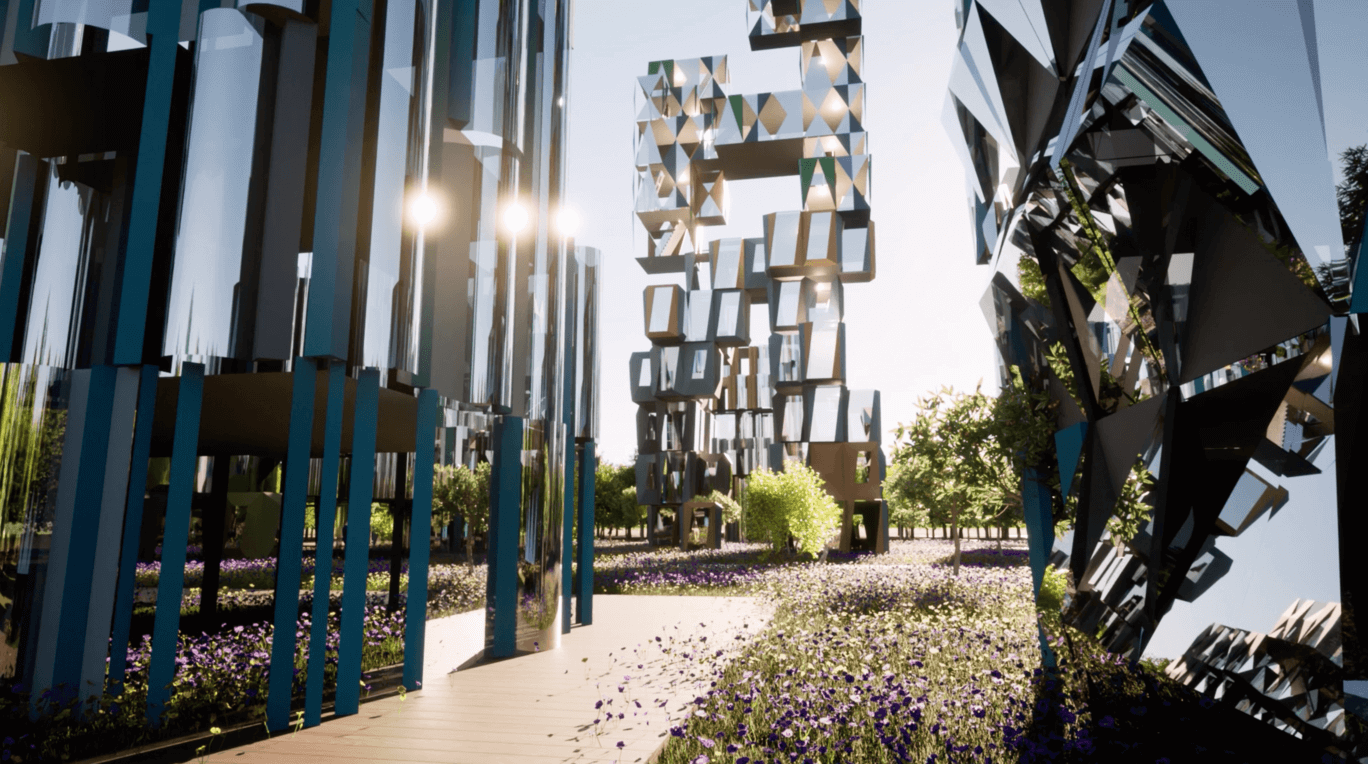
The blockchain ecosystem, including Non-Fungible Tokens (NFTs) as well as the decentralization of Metaverses show expanding opportunities. Habitats is the product of aligning two separate efforts within SHoP research, generative/algorithmic design and virtual reality software development.
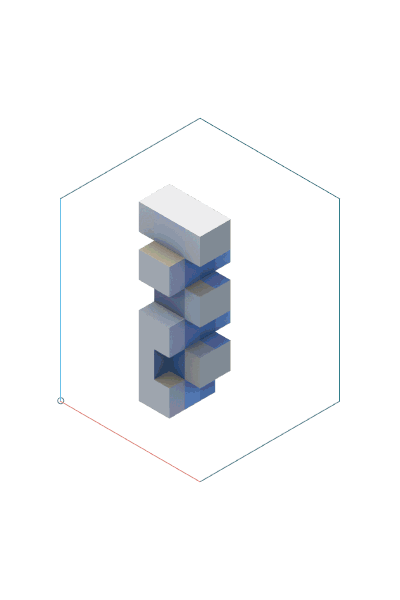
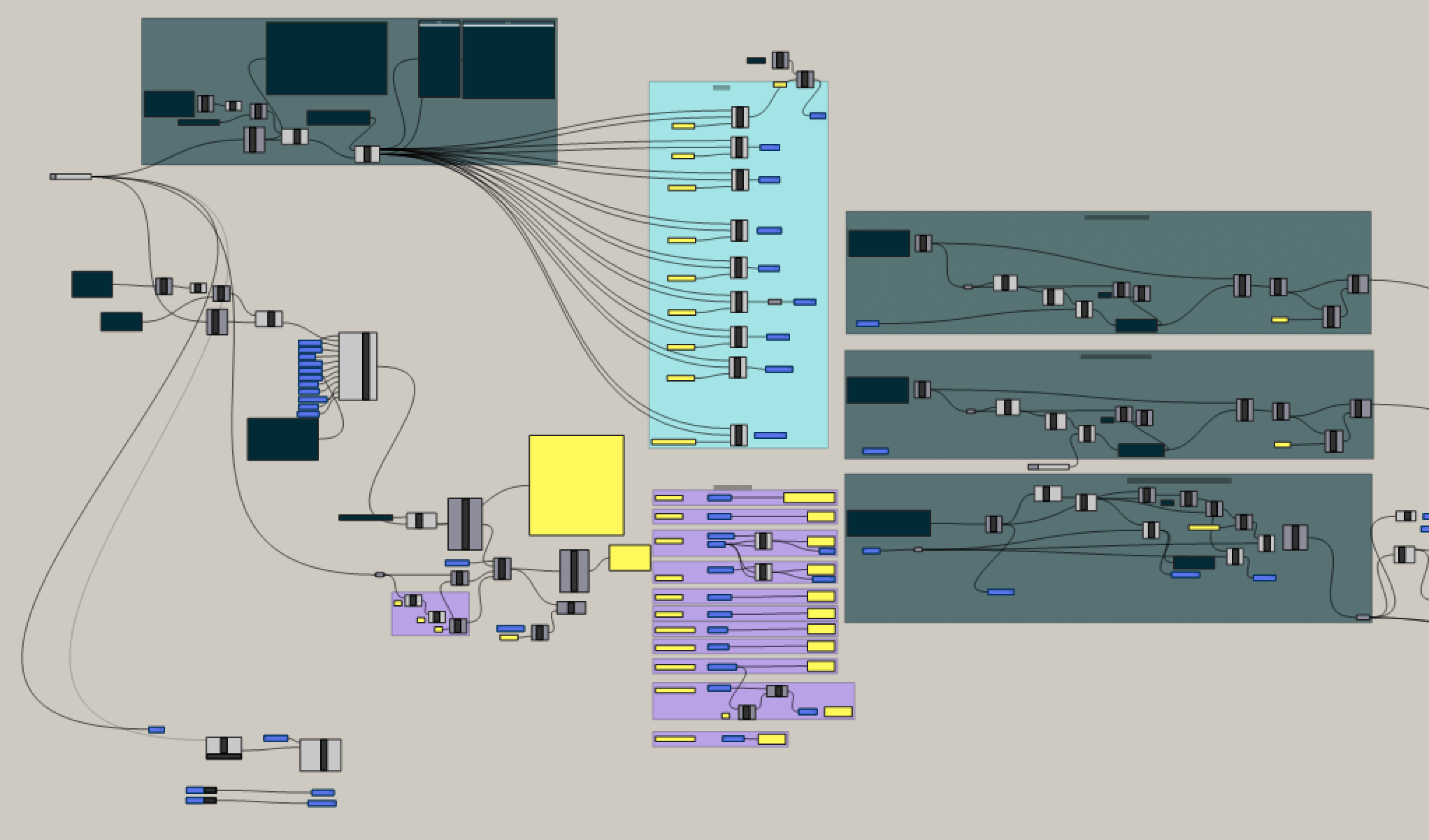
As generative design methods become more popular within the architectural design process, it is important to measure both quantitative and qualitative output. Generative design lends itself well to measuring the quantitative output but the qualitative (user experience) output is more difficult to measure.
SHoP thinks the metaverse can be used as a proving ground, to get feedback and user data in order to influence and improve our designs in the real world.
Habitats represents a general effort to explore and develop within the many Metaverses. This does not speak to any one specific project but the sub-brand dedicated to Metaverse research.
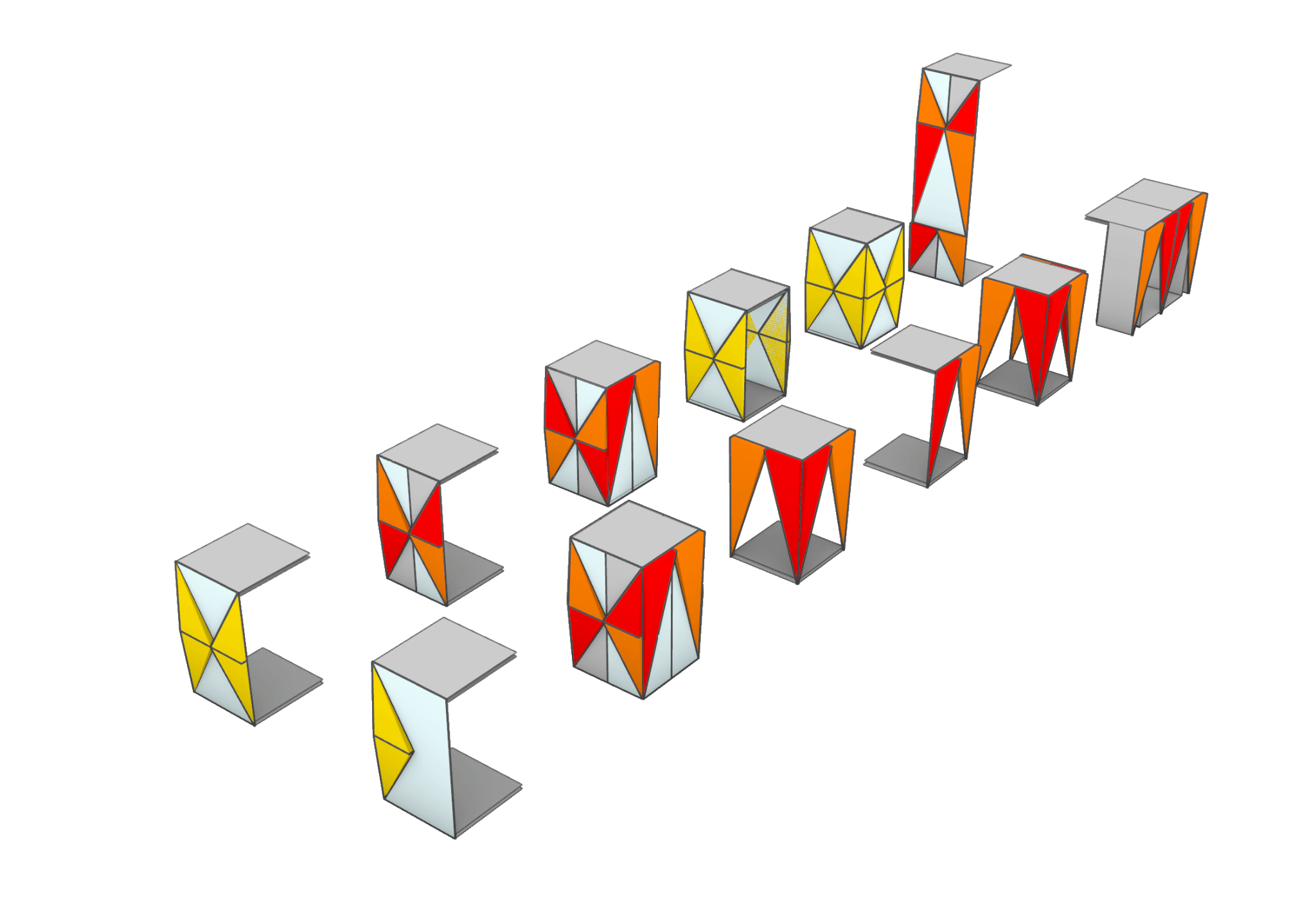
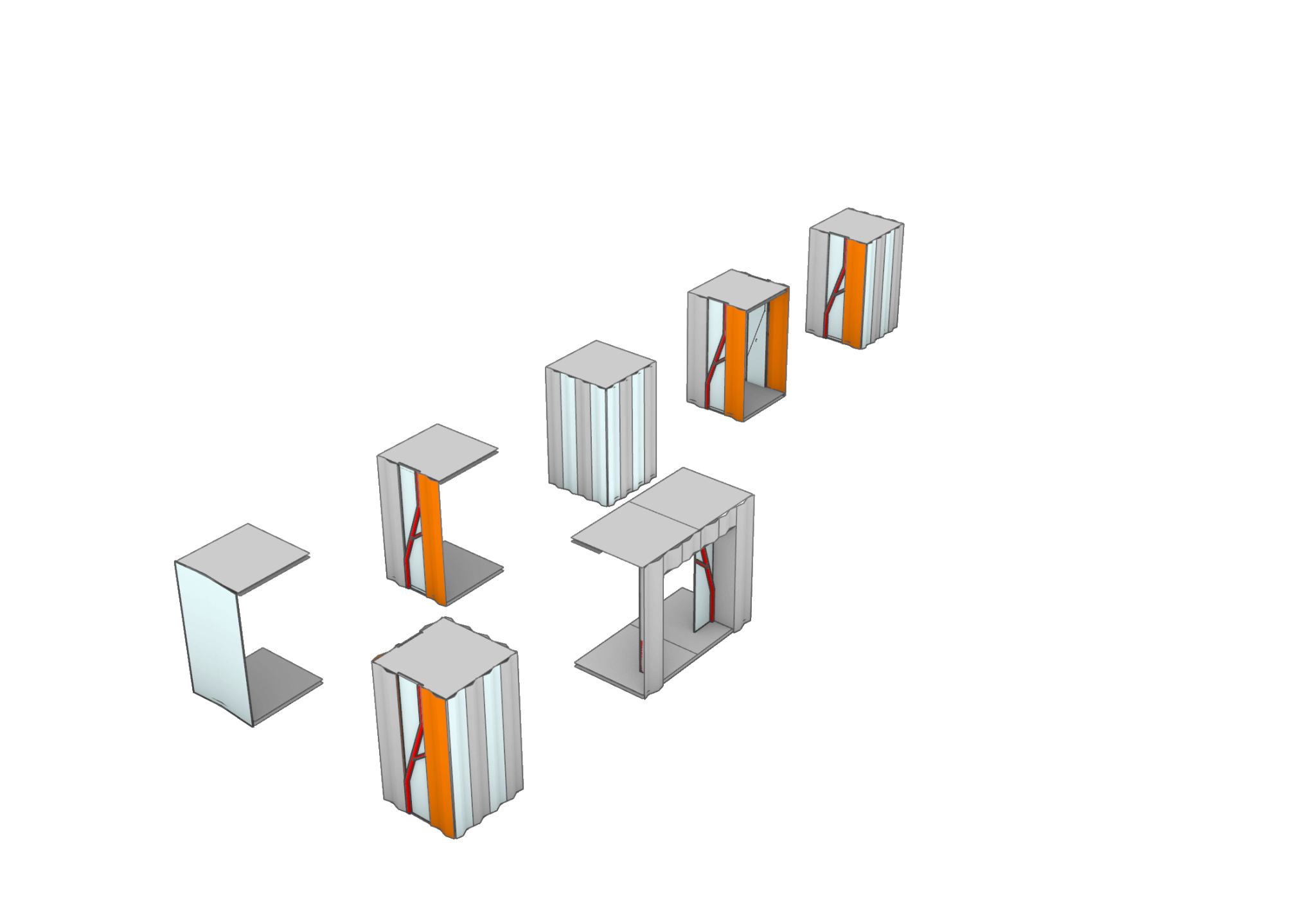
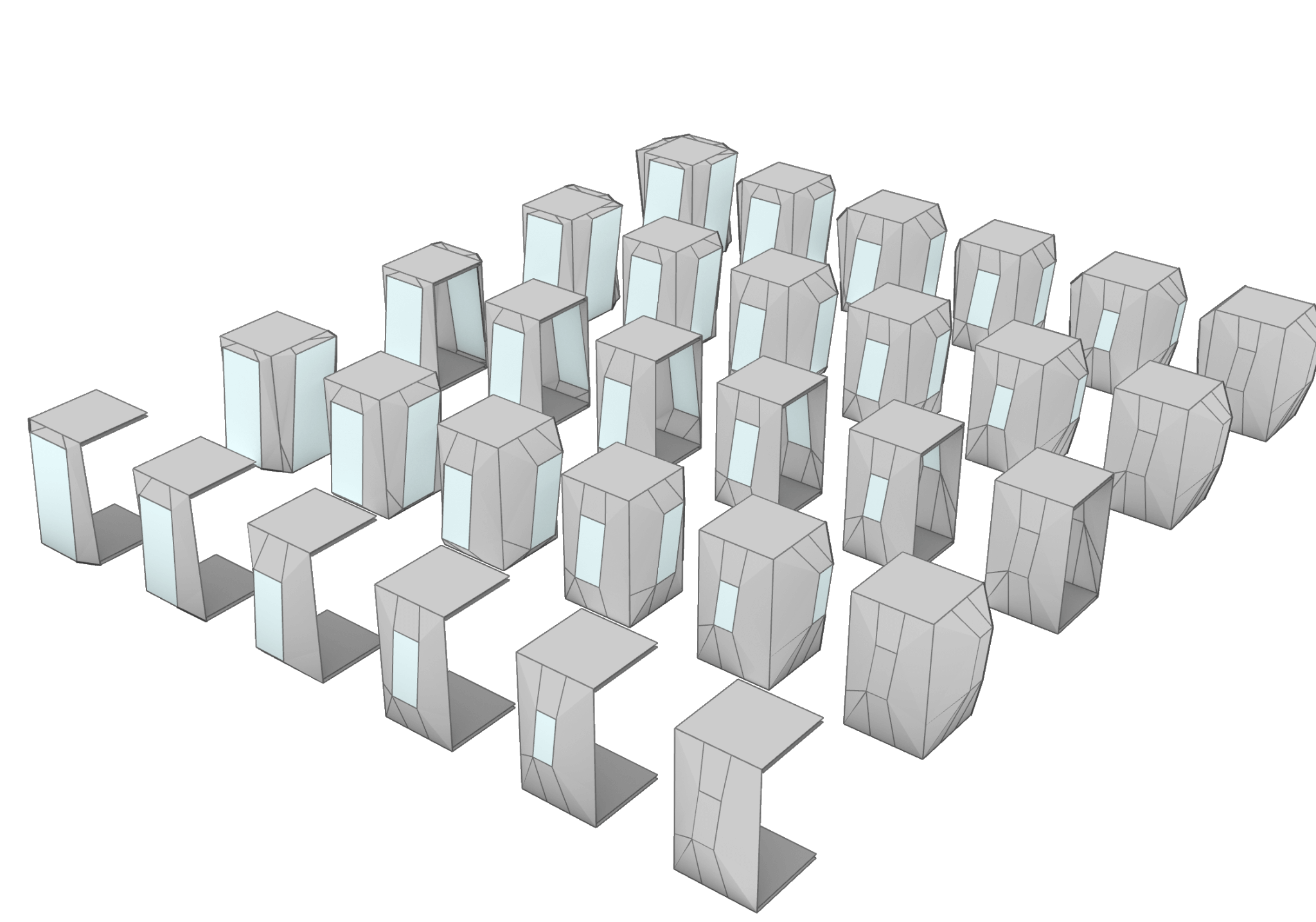
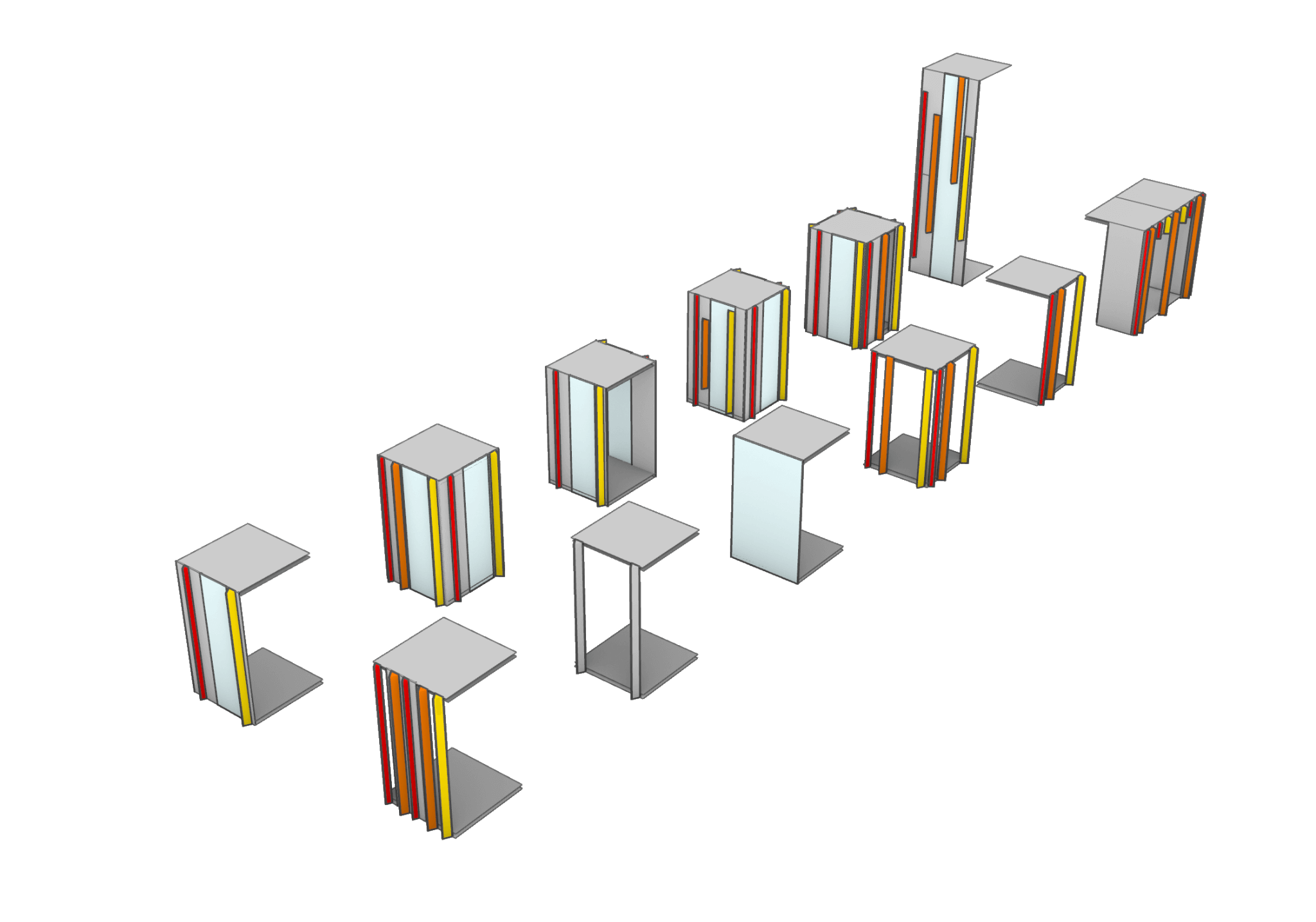
The feature sets and decorator sets shown here, in combination with a machine learning based massing model, are fed into the algorithm. This generates an envelope that is based on previous SHoP design methods.
SHoP is committed to sustainable solutions and is monitoring the progress of various L2s and the developments in PoS to consider transitioning to once the technology and infrastructure have advanced to meet the needs of our vision.
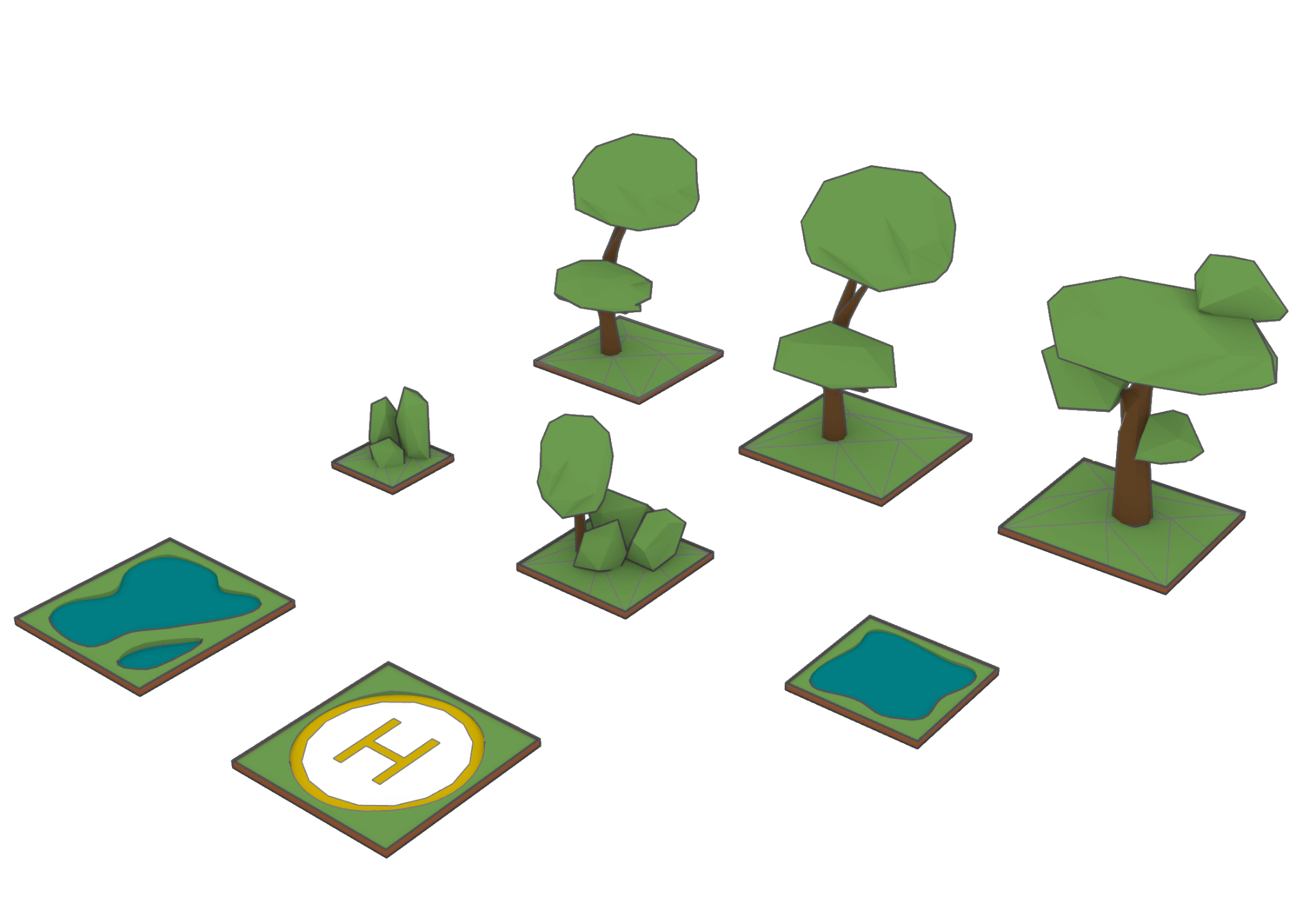
Each Habitat is procedurally generated using a combination of machine learning and specified aesthetic traits.


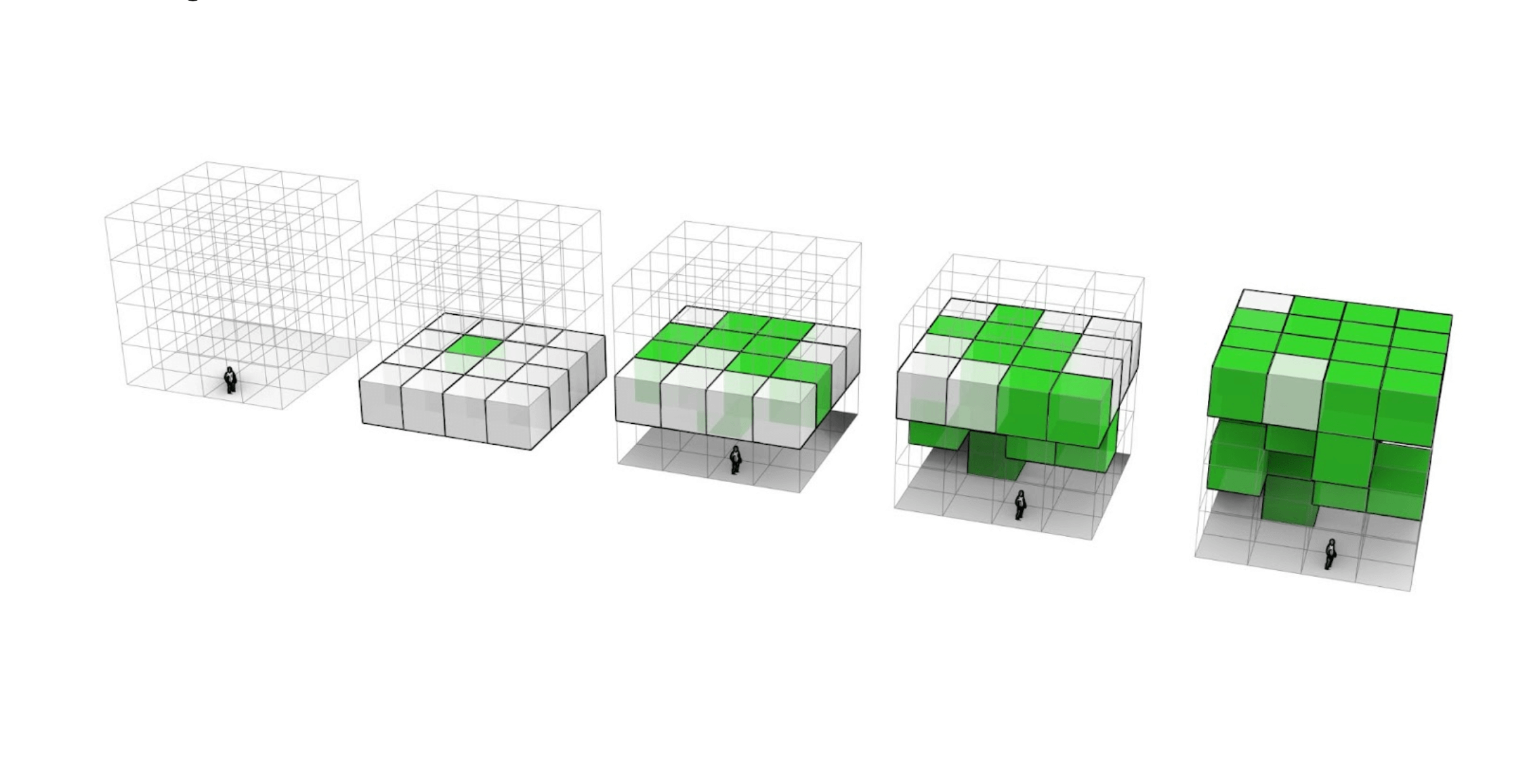
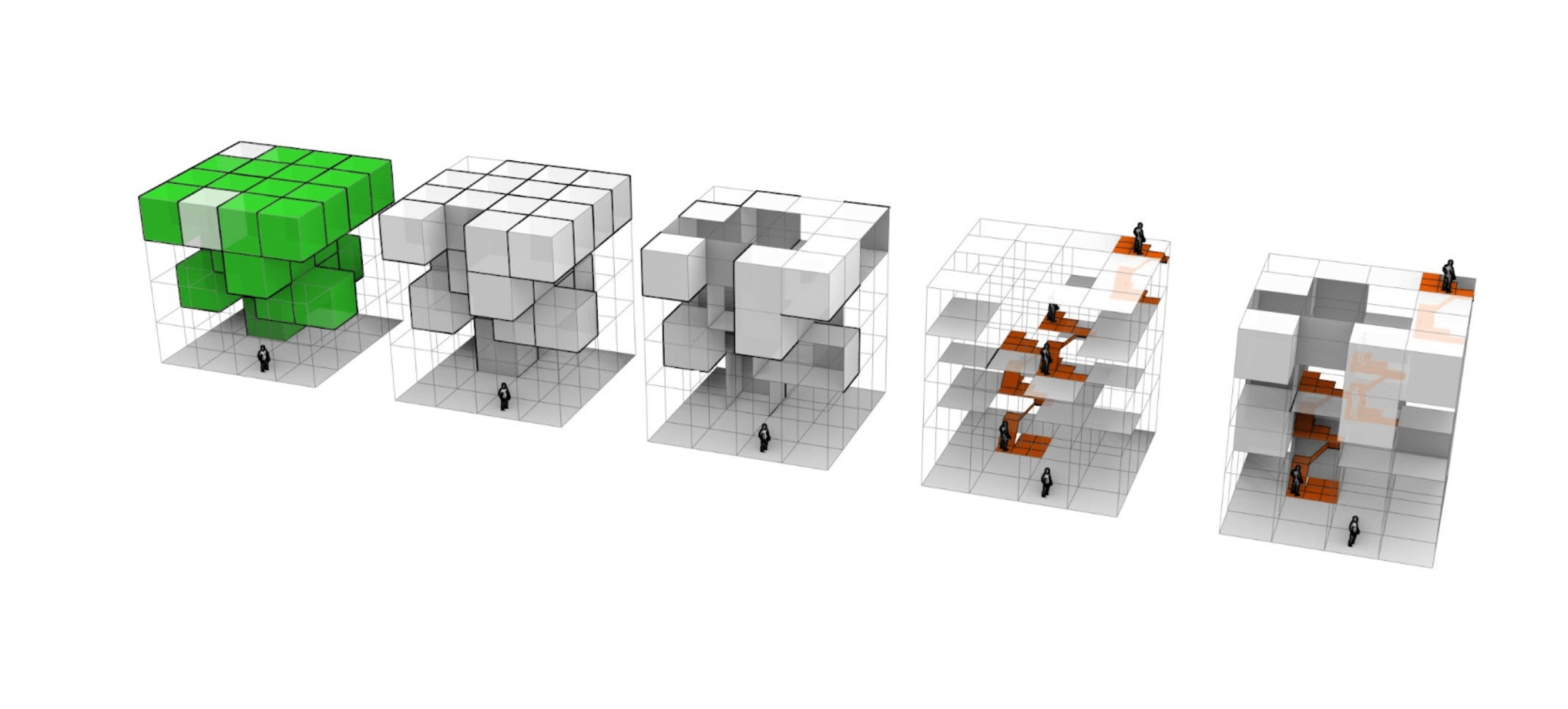
Our massing algorithm learned from a set of manually generated designs in order to create 2500 unique massings. The code then automatically analyzes these to create opportunities for vertical circulation and decorators.
Team

